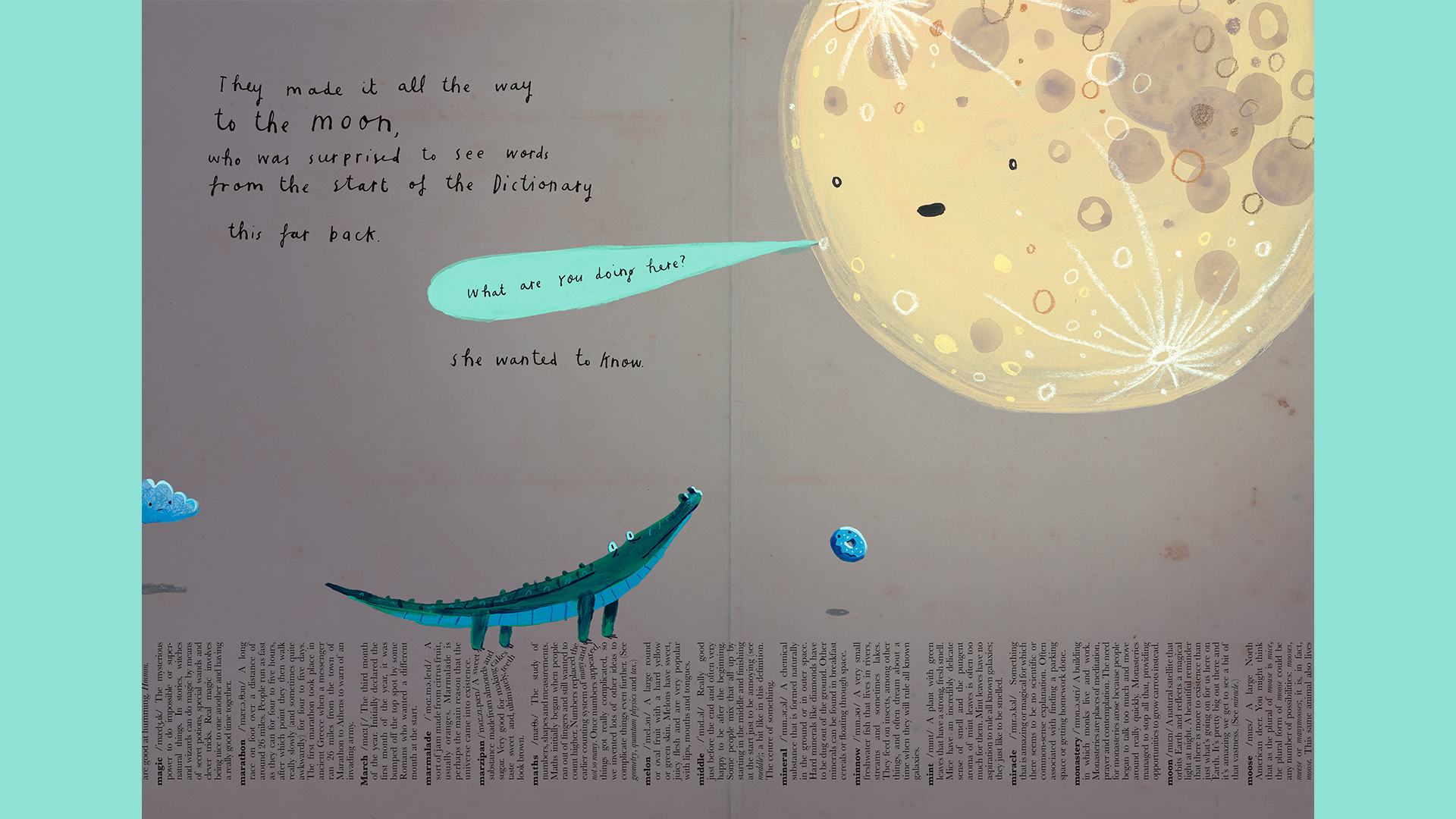
Author-artists Oliver Jeffers and Sam Winston's new picture book, The Dictionary Story, is no ordinary picture book. It's a glorious homage to the written word, with typography that comes alive on the page accompanied by beautiful illustrations depicting characters found in the dictionary, such as Ghost, Donut and Alligator.
“What a delight it has been working together again on a new book, exploring our shared love of words and the joy to be found in literature," says Oliver. "We’ve spent the last five years creating a new tale we are really happy with, a tale that playfully brings to life a dictionary in unexpected and magical ways. Many hours have been spent persuading our letters to dance alongside our pictures, and we are very excited that we will finally get to introduce some wonderful new characters to the world,” adds Sam.
As part of our How we Made series, I sat down with the duo to discover how they crafted this exciting new collaboration.
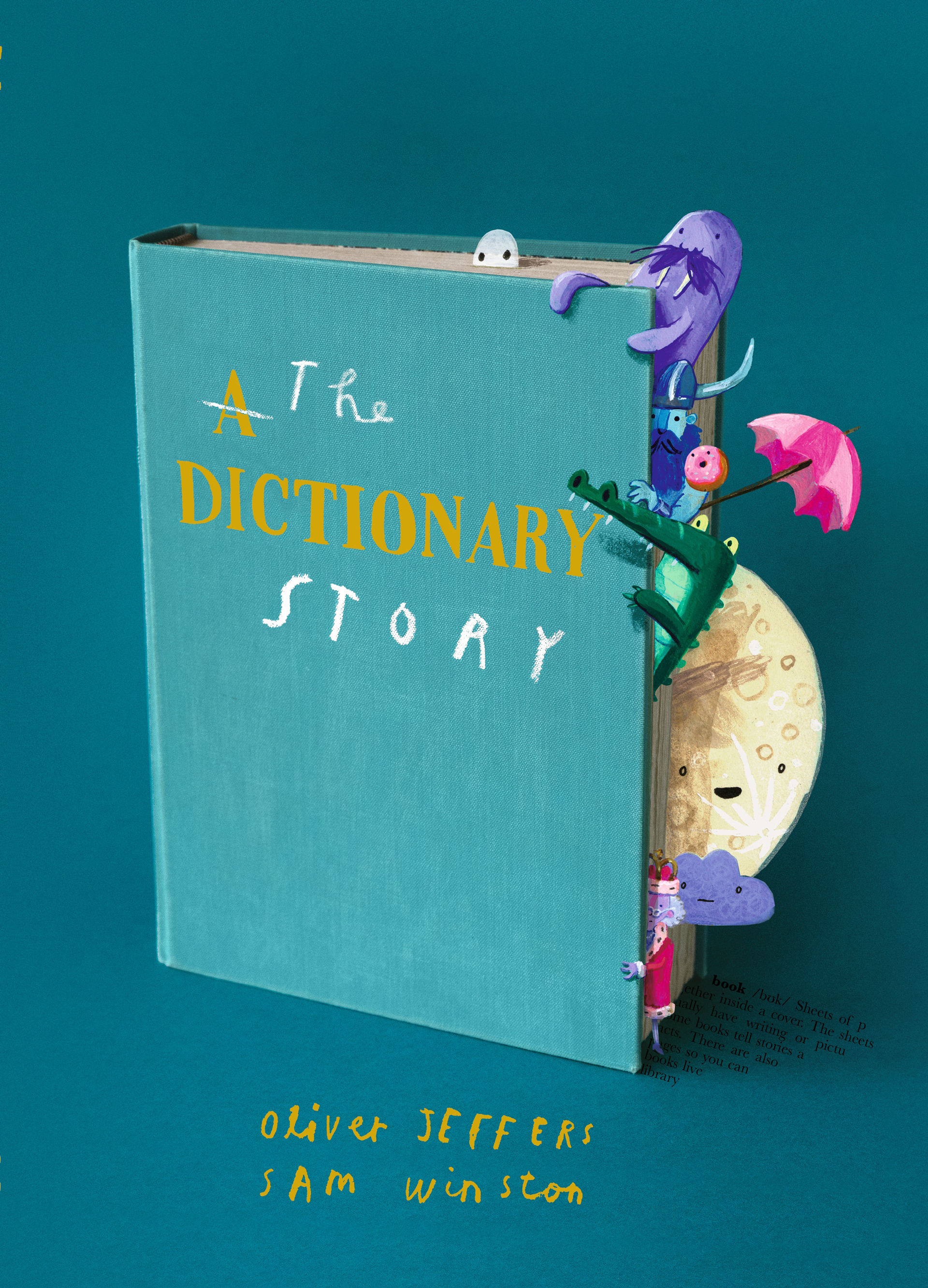
The book is based on A Dictionary Story - how is it different to that project and how did the idea to create this new book come about?
Oliver Jeffers: A Dictionary Story is a story Sam wrote in 2001 for his final major project at Camberwell College of Arts (UAL). It was both a typographic poem and piece of design. Sam’s thinking was dictionaries seem to be part of a very foundational type of literature that shapes our world view, and he thought it was important to be reminded that even these have been made up.
Sam Winston: Oliver had also made a book called The Incredible Book Eating Boy, which touched upon similar ideas around knowledge and how we learn, so in that sense we had both been working on these themes before we decided to combine forces in 2006.
How did you work together on the project?
SW: We have had a productive creative relationship for over a decade now, publishing A Child of Books together in 2016, before starting work on The Dictionary Story back in 2018. We try to find protected pockets of time to work on projects when we’re in the same room so that we can work away from distractions and fully in response to what’s happening in the moment.
First we write a rough narrative and populate it with a few images that feel pertinent.. then over time we will look at how the typography and painting will speak to each other. Finally, all of that is moved into story boards and then final art.
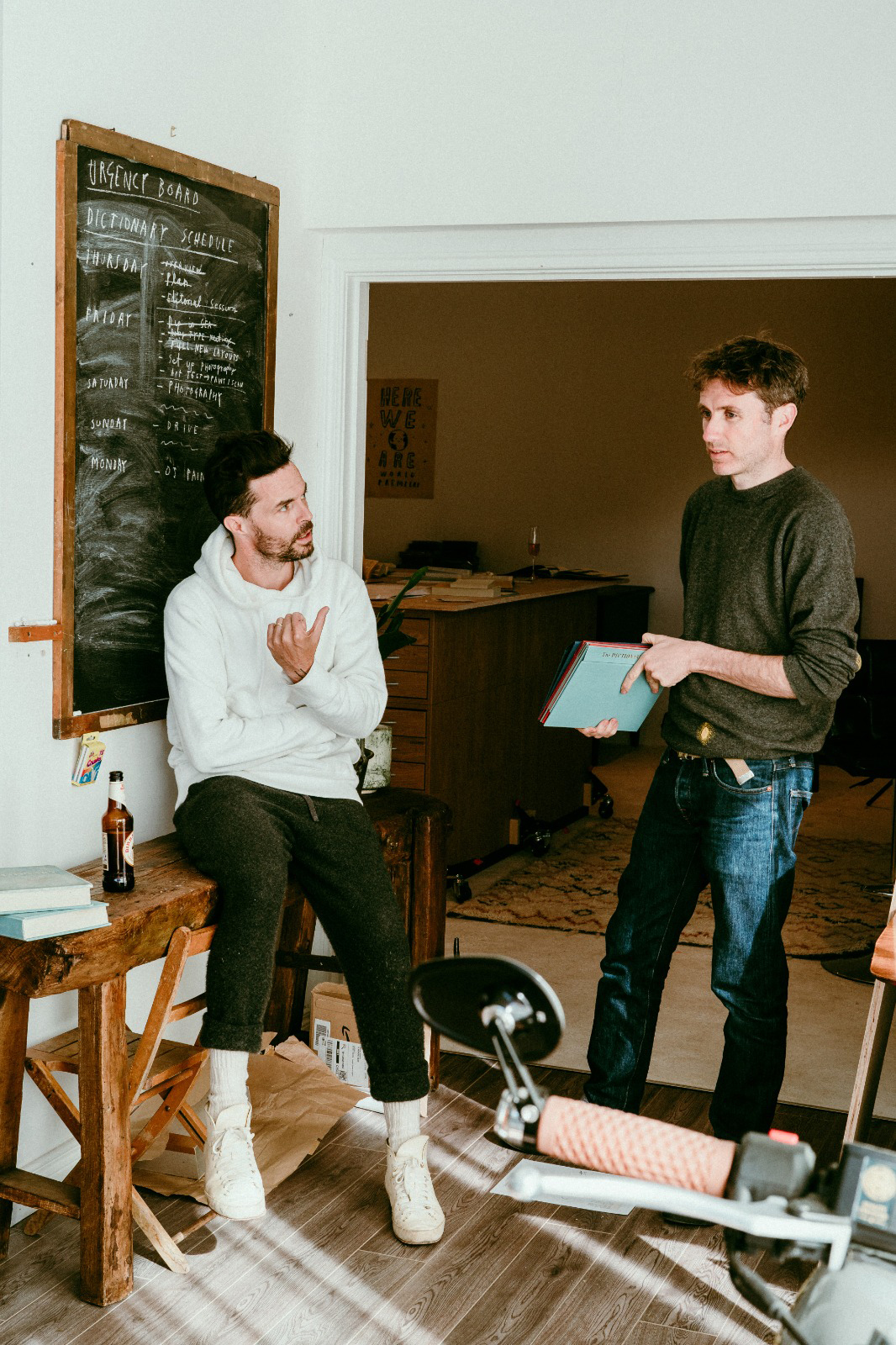
Tell us about the handmade dictionary created by Haein Song
SW: Haein Song is an amazing artist book maker as well as a bookbinder. We commissioned her to make us a prop dictionary to photograph (which was mainly Oliver and Yasmina’s role to capture in images). In the end she made us two, which worked perfectly as that meant we had a pristine copy, which is what you see at the start of the story, and then we also had a spare that we severely distressed, and that’s the book you see at the end.
A lot of time went into the research, from the book’s deckled edges to the pages themselves – archival paper from the 1930s and ’40s.
The definitions were added later in Adobe InDesign, so they could both be edited digitally and also swapped out for foreign language co-editions.
We often think about the experience of a picture book as a triangle of three people; we have the author, the reader of the words and the reader of the image. Each part of that triangle needs to be engaged for something magic to happen... so as the author you have to tell multiple stories. In this instance we created a visual narrative, a story narrative and third one: one made from the definitions.
Did the illustrations or the story come first?
OJ: The book tells a story that Sam has enjoyed telling since 2001, which we reworked with a new set of characters imagined up by the two of together.
SW: Oliver really made these characters sing, and it was a lot of fun seeing what kind of mischief emerged when you stuck them all together.
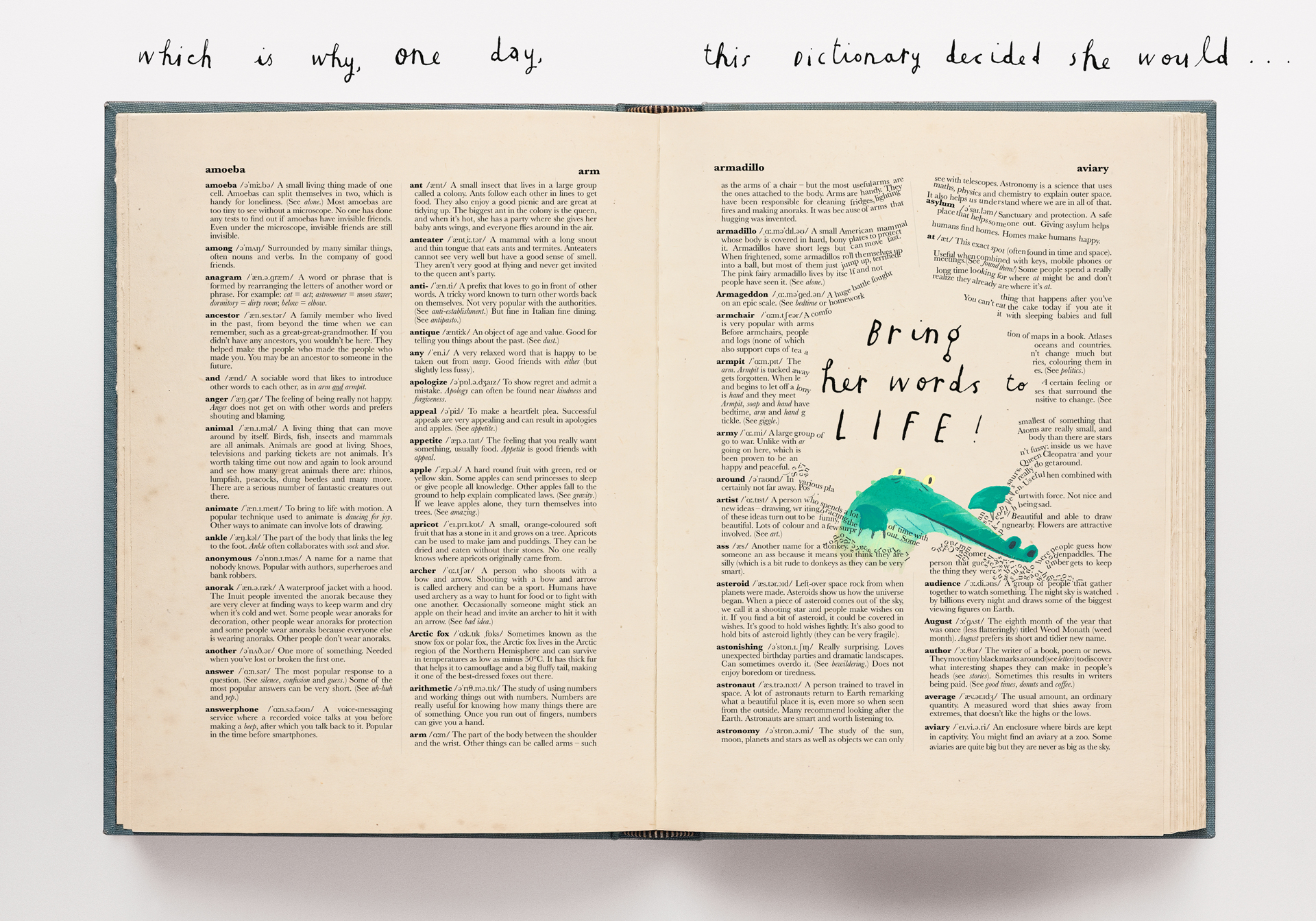
How do you imagine the book being read - I can imagine some children will want to read every single word, do you welcome that?
OJ: We loved writing the definitions and we certainly would welcome people reading them all. It’s like having a little whisper in someone’s ear whilst they’re reading the main story in the book. It’s a lovely, intimate way of meeting the reader in some ways. All the while whilst the main narrative and images are playing out on top
What challenges did you come across while making the book?
SW: The hardest thing to work with was the timescale – because you’re developing all the elements at once – photography, text and illustration... and whilst the final version has them all of them naturally within each other... to get there that certainly wasn’t the case.
So at times we had to wait in line for one piece of the jigsaw to click into place before all the other bits could.
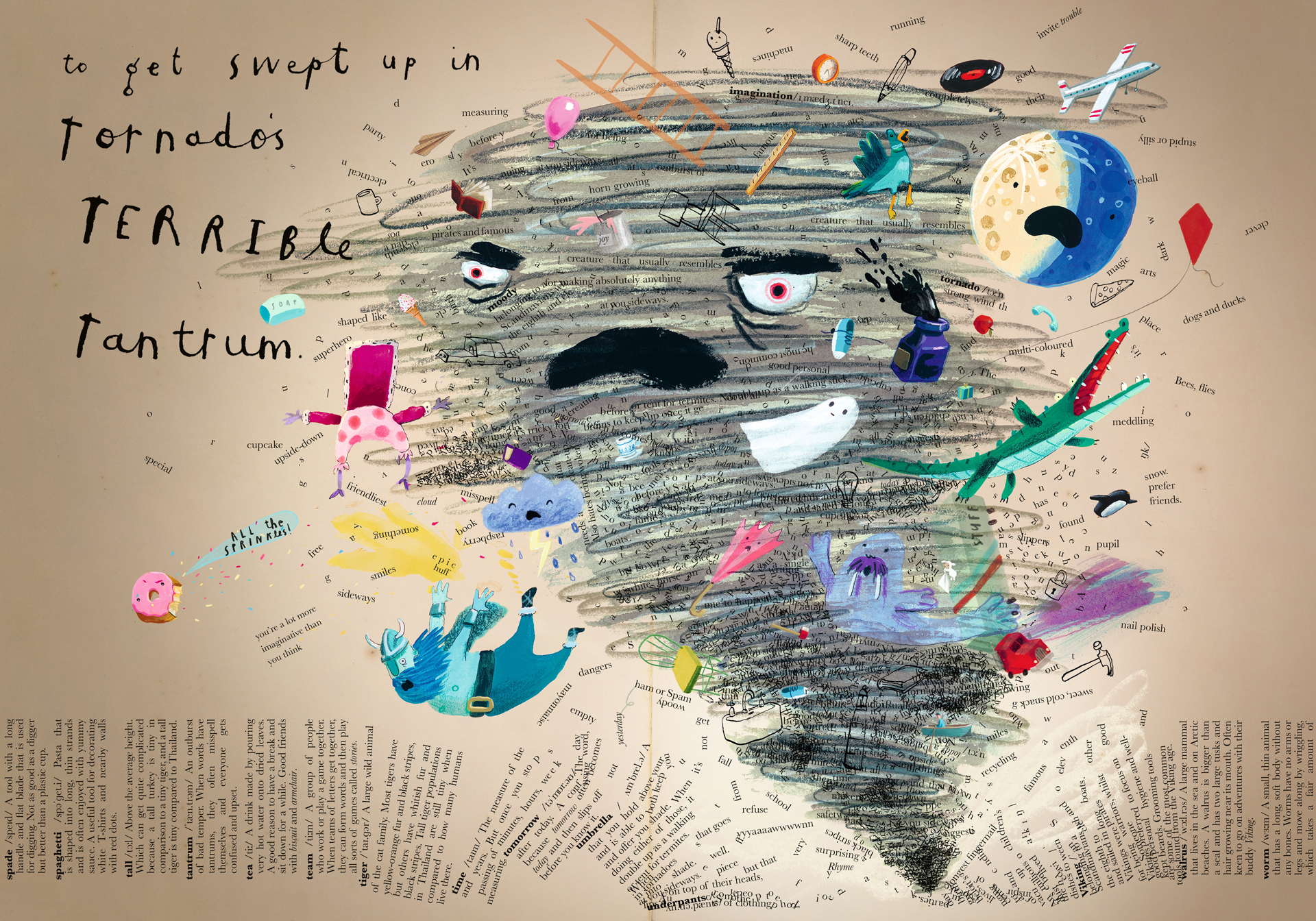
Which part of the process did you enjoy most?
OJ: As always, working in collaboration means your never fully in control of the process and that can be a lot of fun.. seeing what comes out of the chaos is always exciting.
What’s your favourite part of the finished work?
OJ: The most fun part was choosing who that was to be... skimming pages and seeing what words would be interesting to animate into images. There were classic characters like alligators and ghosts but we also liked the more unusual things like puddles and doughnuts... It was a lot of fun seeing what kind of mischief emerged when you stuck them all together.
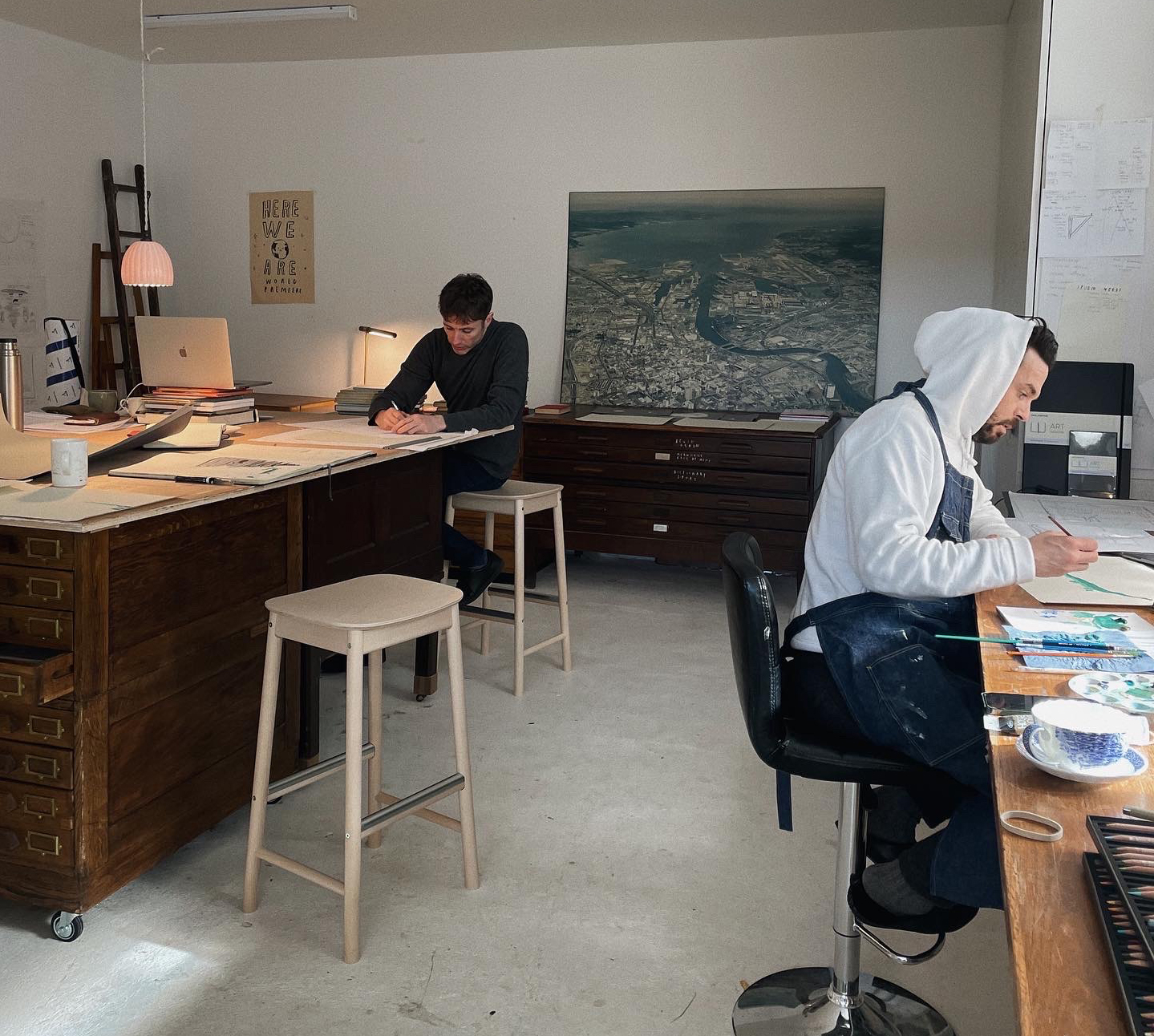
How do you think this book will stand out amongst other picture books?
SW: We might've accidentally written the (unofficial) world record for Most Words in a Picture Book... on average a picture book ranges from 500 to 1,000 words. Here we ended up with over 20,000.
That, and not many people decide to make a book as the main character for a book.
What’s the feedback been like so far?
SW: The project has been critically well received so far, and it’s been great to see people really engaging the idea.
We wanted to create a story that appealed on many different levels – for younger readers it has humour and playfulness, as characters crash about the page, and for adults we have a lot of in-jokes and subtle touches with the typeset words... we were both very happy that so many people have remarked on that.







